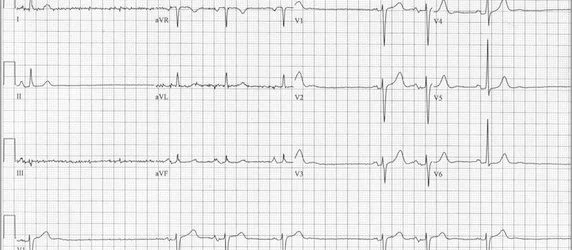Heart tissue scarring measured non-invasively may help in determining patients most suitable for procedure to treat irregular heart beat
According to a study published in the February 5 issue of Jama scarring of tissue in the upper chamber of the heart (atrium) was associated with recurrent rhythm disorder after treatment.
Left atrial fibrosis, formation of scar tissue in the heart, is evident in atrial fibrillation (AF) patients, and extensive atrial tissue fibrosis identified by delayed enhancement magnetic resonance imaging (MRI) has been linked to poor outcomes of AF catheter ablation, a procedure in which electrical energy is used to treat AF.
The team conducting the study was led by Nassir F. Marrouche, M.D., of the University of Utah School of Medicine, Salt Lake City, with the aim to characterise the feasibility of measuring atrial scar tissue using delayed enhancement magnetic resonance imaging (MRI) and to assess the association between the amount of scar tissue and response to ablation.
During the year from August 2010 to August 2011 the study was conducted at 15 centers in the United States, Europe, and Australia, with delayed enhancement MRI images obtained up to 30 days before ablation.
Almost 330 patients were included in the study, roughly 17% had to be excluded due to insufficient MRI quality.
Findings showed the incidence of recurrence increasing with the amount of scarring, from 15.3% recurrence at day 325 with less than 10% scarring of the atrial wall, to over 51% recurrence for 30% or greater scarring.
According to the authors this study demonstrates the feasibility and potential clinical value of using delayed enhancement MRI in the management of patients with AF considered for ablation.
They write that in current practice, criteria for selecting good candidates for AF ablation were limited, whereas the amount of left atrial wall fibrosis estimated by delayed enhancement MRI had the potential to offer a noninvasive and effective method for determining which patients with AF are likely to benefit from ablation, while avoiding procedures in patients likely to have arrhythmia recurrence.
Source: JAMA Network
Image credit: Google
5 February 2014
Latest Articles
Research, Arrhythmia, Cardiac, cardiac arrest, atrial fibrillation, treatment, delayed enhancement MRI, AF, scarring, catheter ablation
Heart tissue scarring measured non-invasively may help in determining patients most suitable for procedure to treat irregular heart beat According to a...










